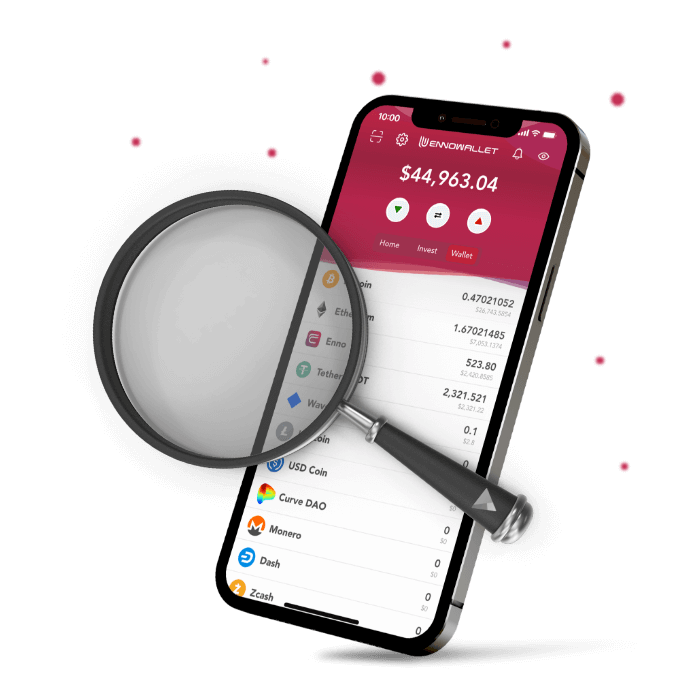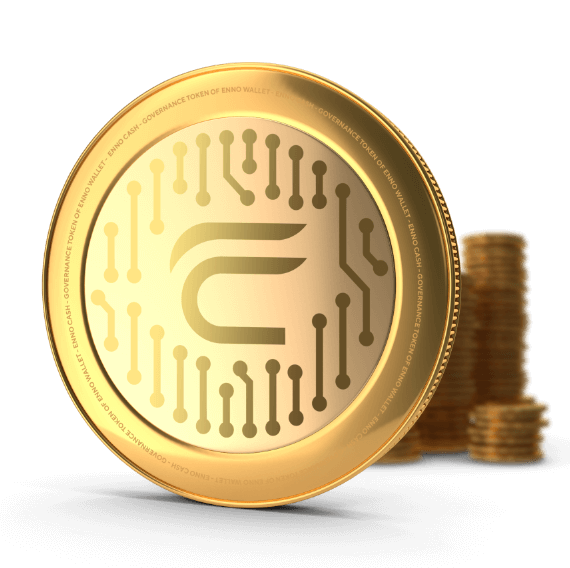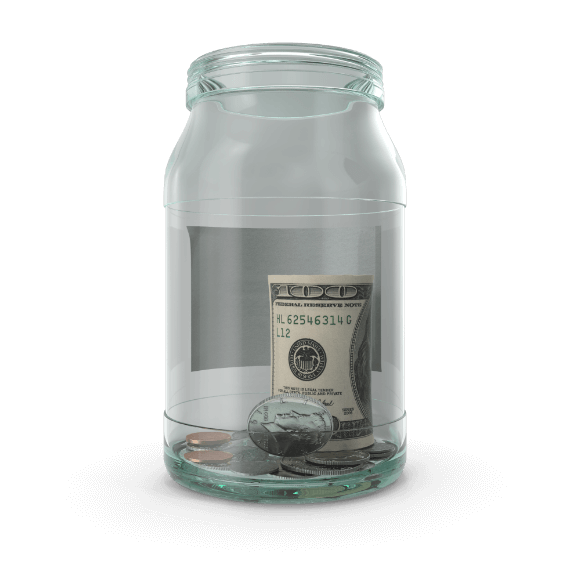Enno Wallet users can store and transfer Uniswap (UNI), Fantom (FTM), Dai (DAI), Aave (AAVE), and Maker (MKR) tokens into their accounts.
The best part, you may also buy these tokens in Enno Wallet with your credit cards, thanks to BANXA integration that makes it possible.
Please do not forget to update your Enno Wallet from Apple App Store or Google Play Store to see these new coin listing.
What is Uniswap?
According to CoinMarketCap:
Uniswap is a popular decentralized trading protocol, known for its role in facilitating automated trading of decentralized finance (DeFi) tokens. Uniswap creates more efficiency by solving liquidity issues with automated solutions, avoiding the problems which plagued the first decentralized exchanges.
https://coinmarketcap.com/currencies/uniswap/
What is Fantom?
According to CoinMarketCap:
Fantom is a directed acyclic graph (DAG) smart contract platform providing decentralized finance (DeFi) services to developers using its own bespoke consensus algorithm. Together with its in-house token FTM, Fantom aims to solve problems associated with smart-contract platforms, specifically transaction speed, which developers say they have reduced to under two seconds.
https://coinmarketcap.com/currencies/fantom/
What is Dai?
According to CoinMarketCap:
DAI is an Ethereum-based stablecoin (stable-price cryptocurrency) whose issuance and development is managed by the Maker Protocol and the MakerDAO decentralized autonomous organization. The price of DAI is soft-pegged to the U.S. dollar and is collateralized by a mix of other cryptocurrencies that are deposited into smart-contract vaults every time new DAI is minted.
https://coinmarketcap.com/currencies/multi-collateral-dai/
What is Aave?
According to CoinMarketCap:
Aave is a decentralized finance protocol that allows people to lend and borrow crypto. Lenders earn interest by depositing digital assets into specially created liquidity pools. Borrowers can then use their crypto as collateral to take out a flash loan using this liquidity.
https://coinmarketcap.com/currencies/aave/
What is Maker?
According to CoinMarketCap:
Maker (MKR) is the governance token of the MakerDAO and Maker Protocol — respectively a decentralized organization and a software platform, both based on the Ethereum blockchain — that allows users to issue and manage the DAI stablecoin. MKR tokens act as a kind of voting share for the organization that manages DAI; while they do not pay dividends to their holders, they do give the holders voting rights over the development of Maker Protocol and are expected to appreciate in value in accordance with the success of DAI itself.
https://coinmarketcap.com/currencies/maker/
Which tokens that I may use my credit card to buy?
You may use your credit card to buy all new listed tokens except Fantom (FTM)
Fantom is not currently supported by BANXA.
However you may use your credit card to buy Uniswap (UNI), Dai (DAI), Aave (AAVE), and Maker (MKR) and enjoy investing easily.







